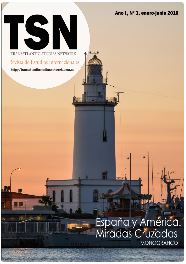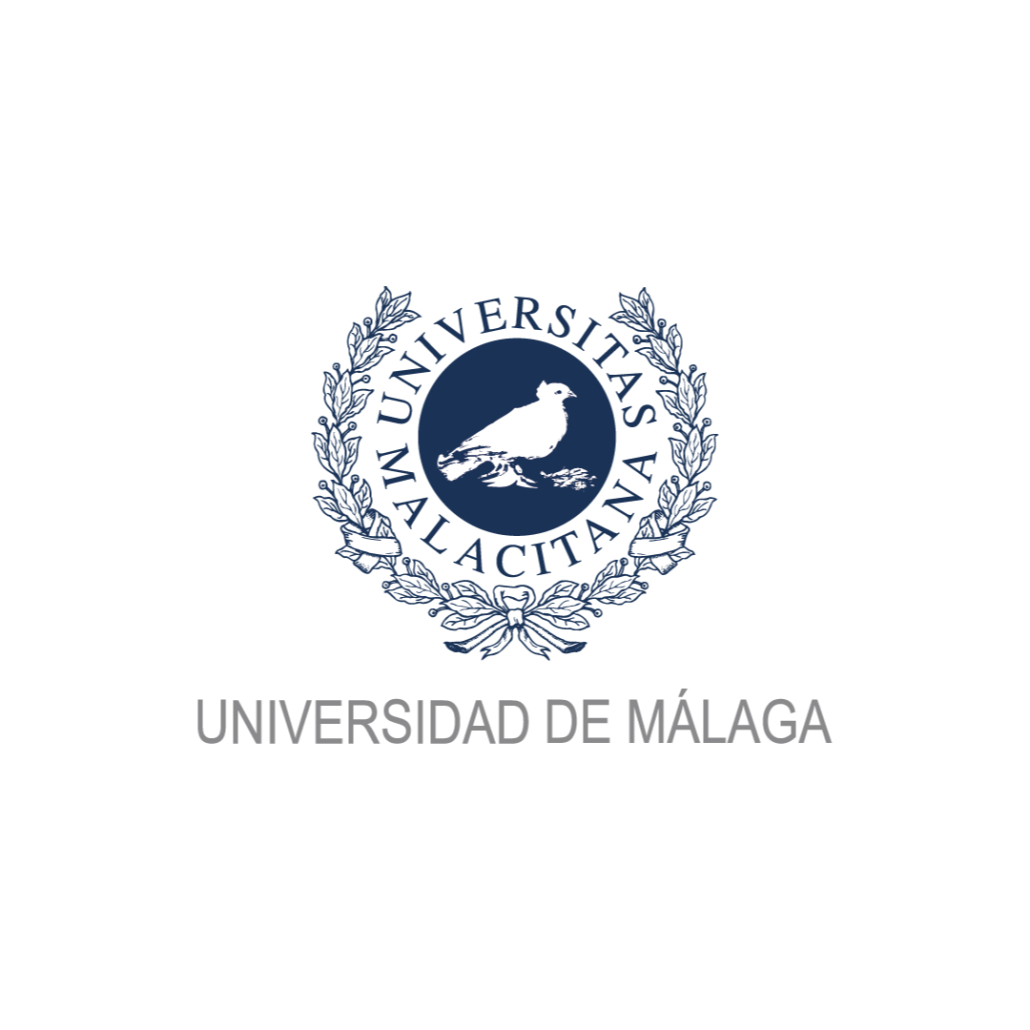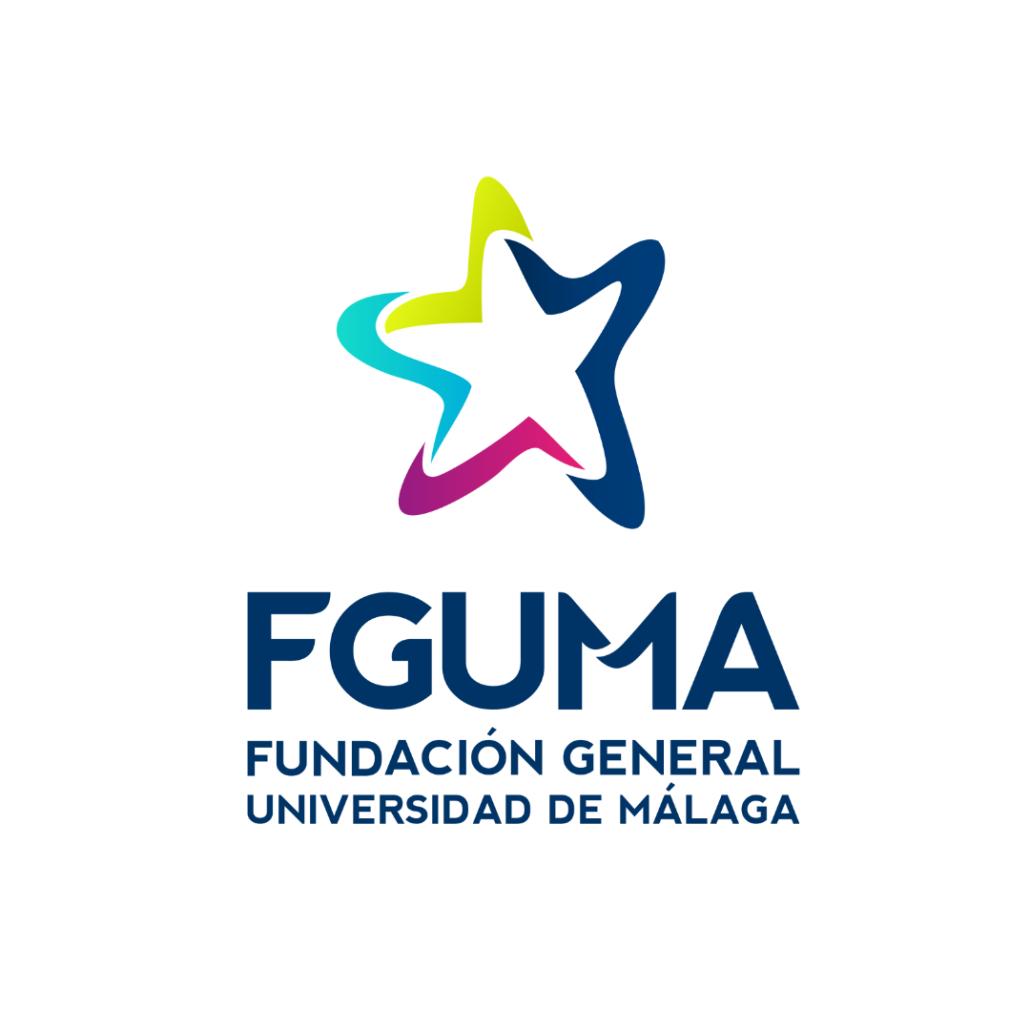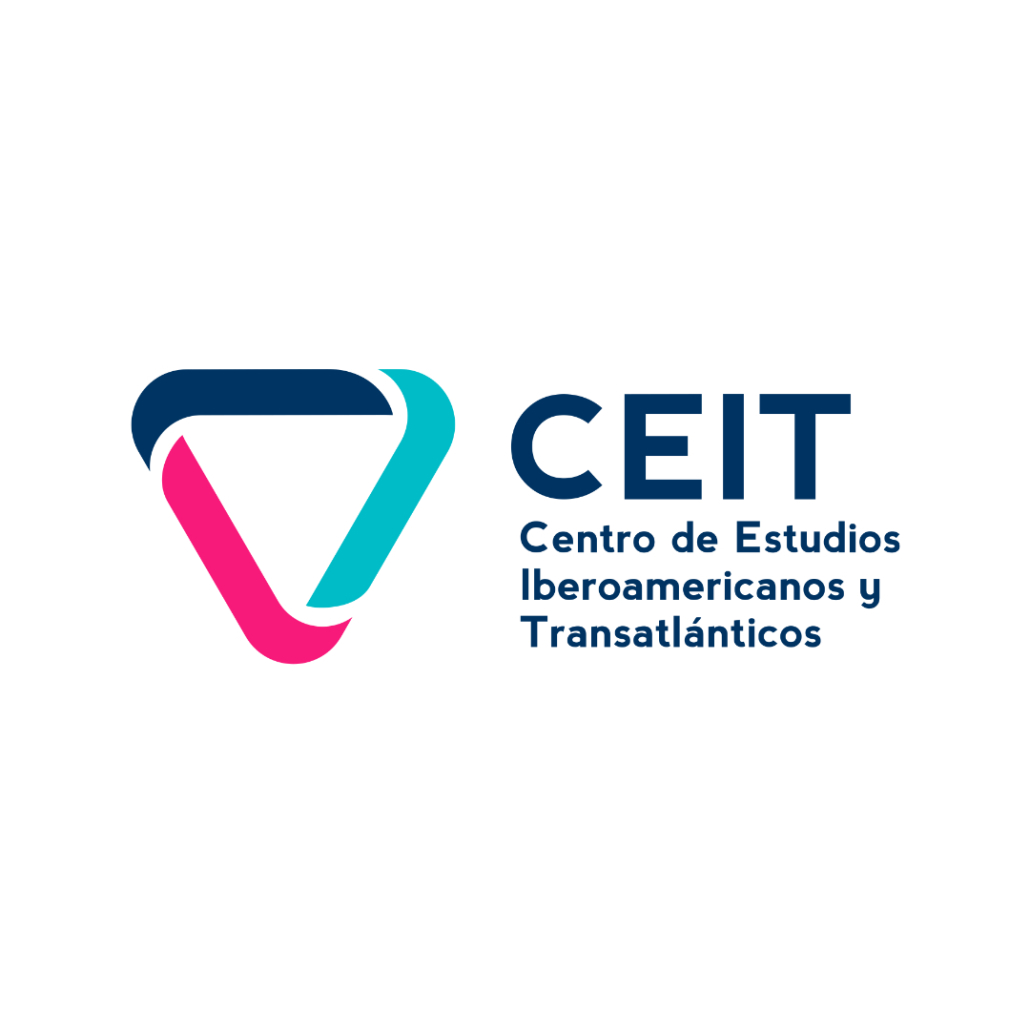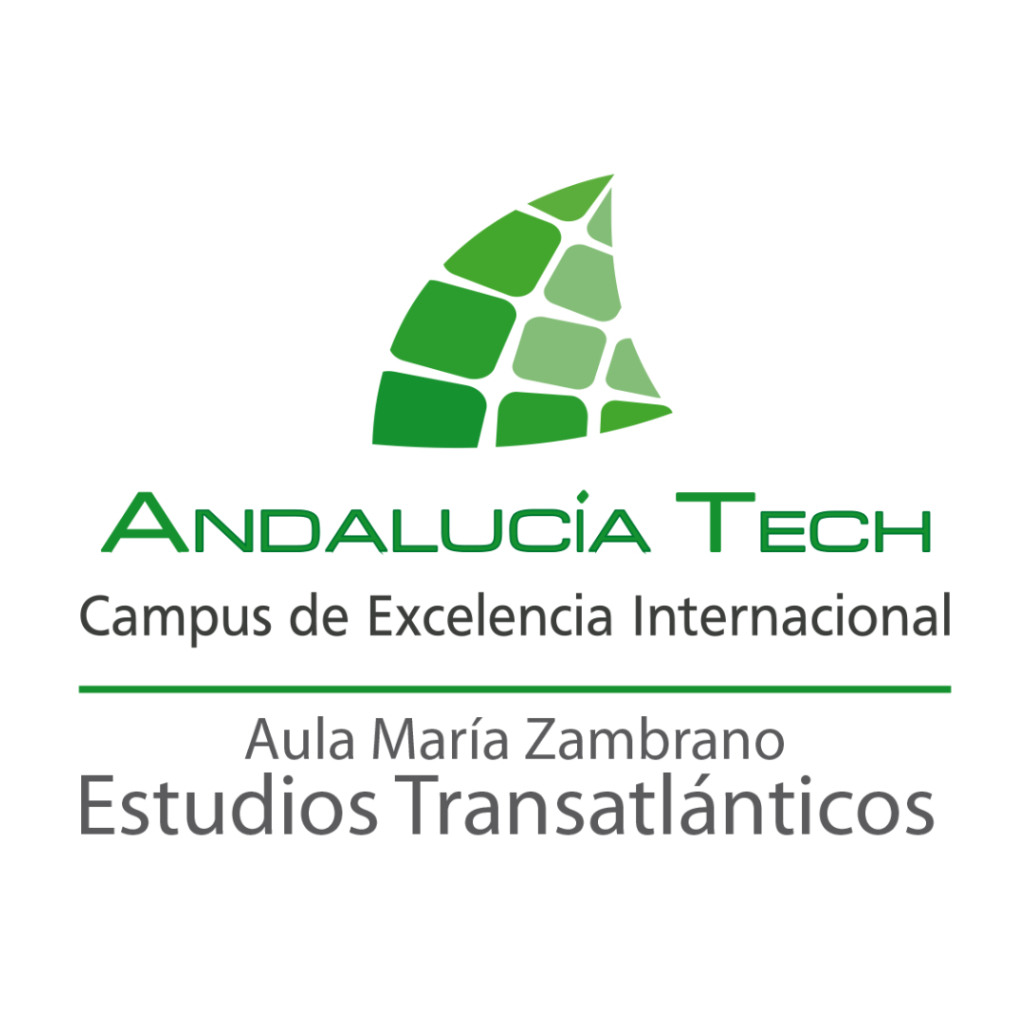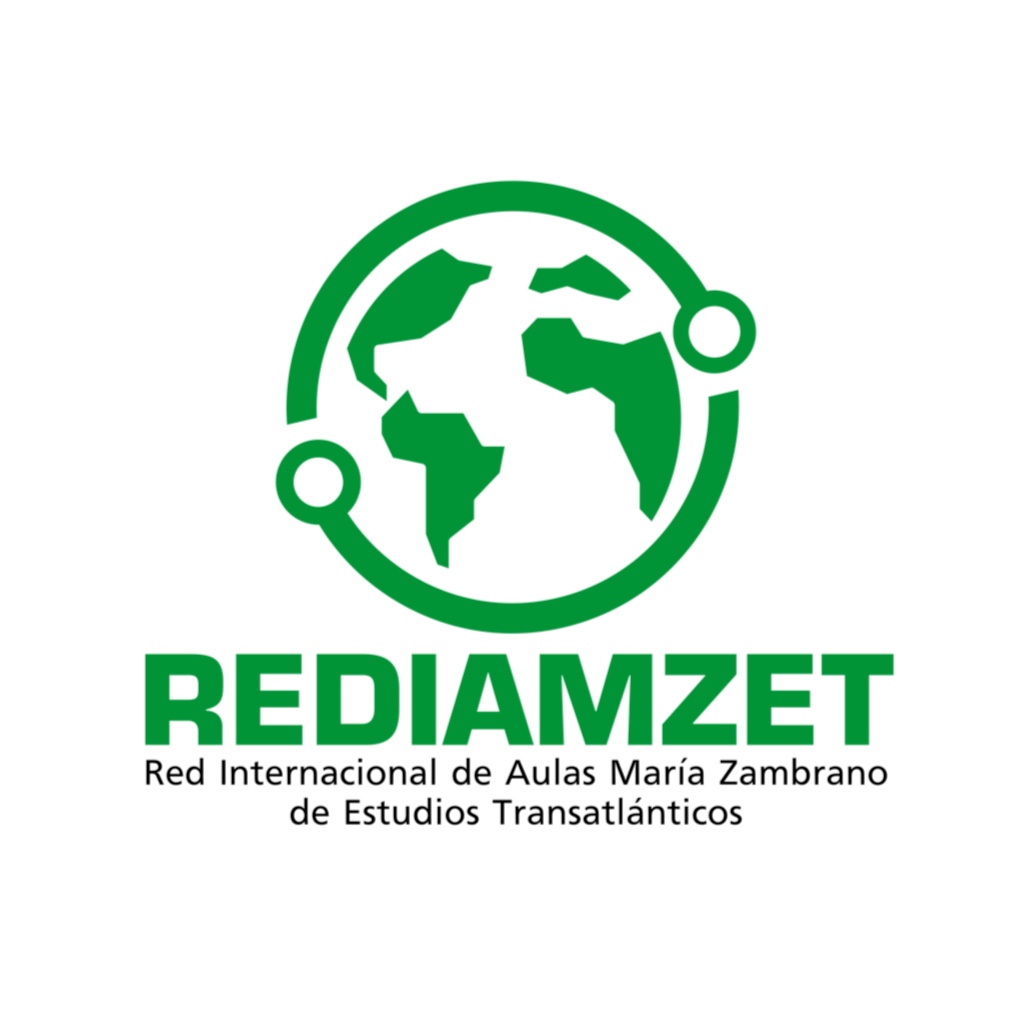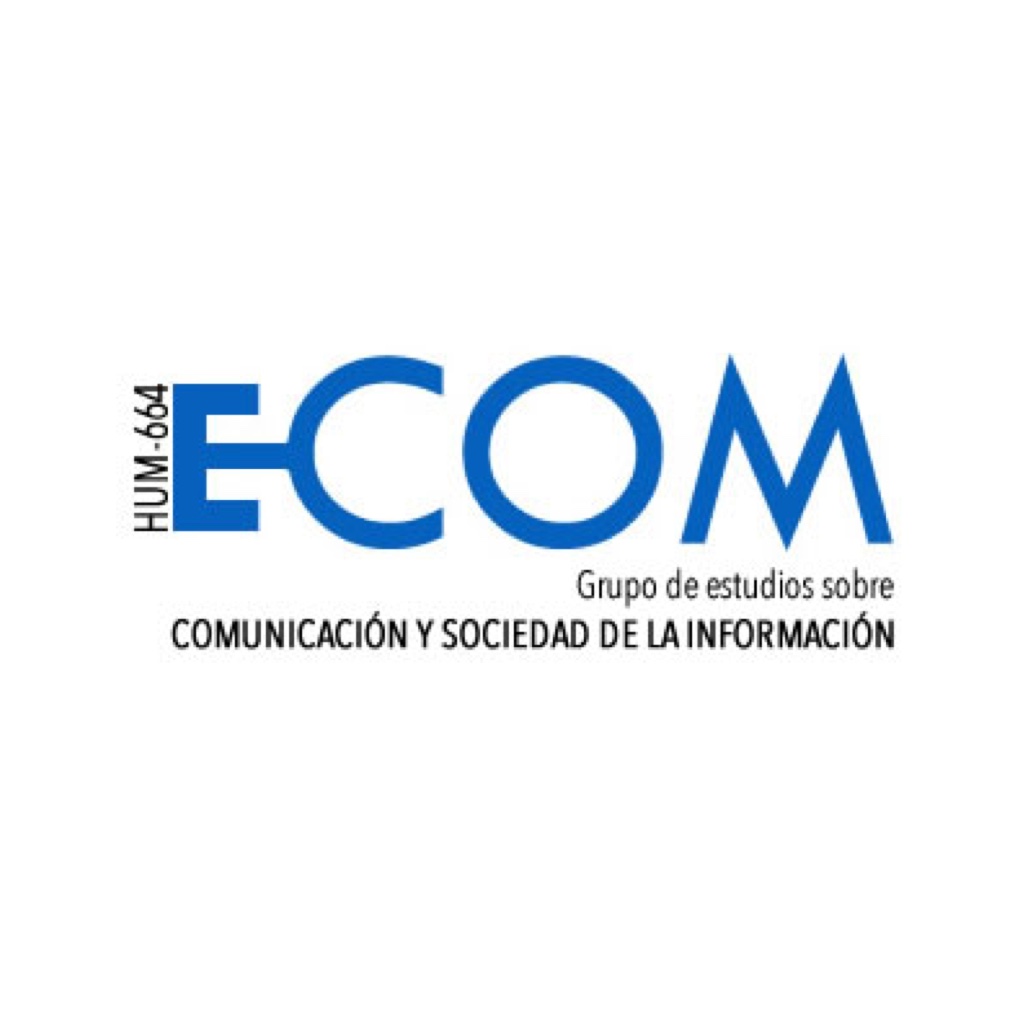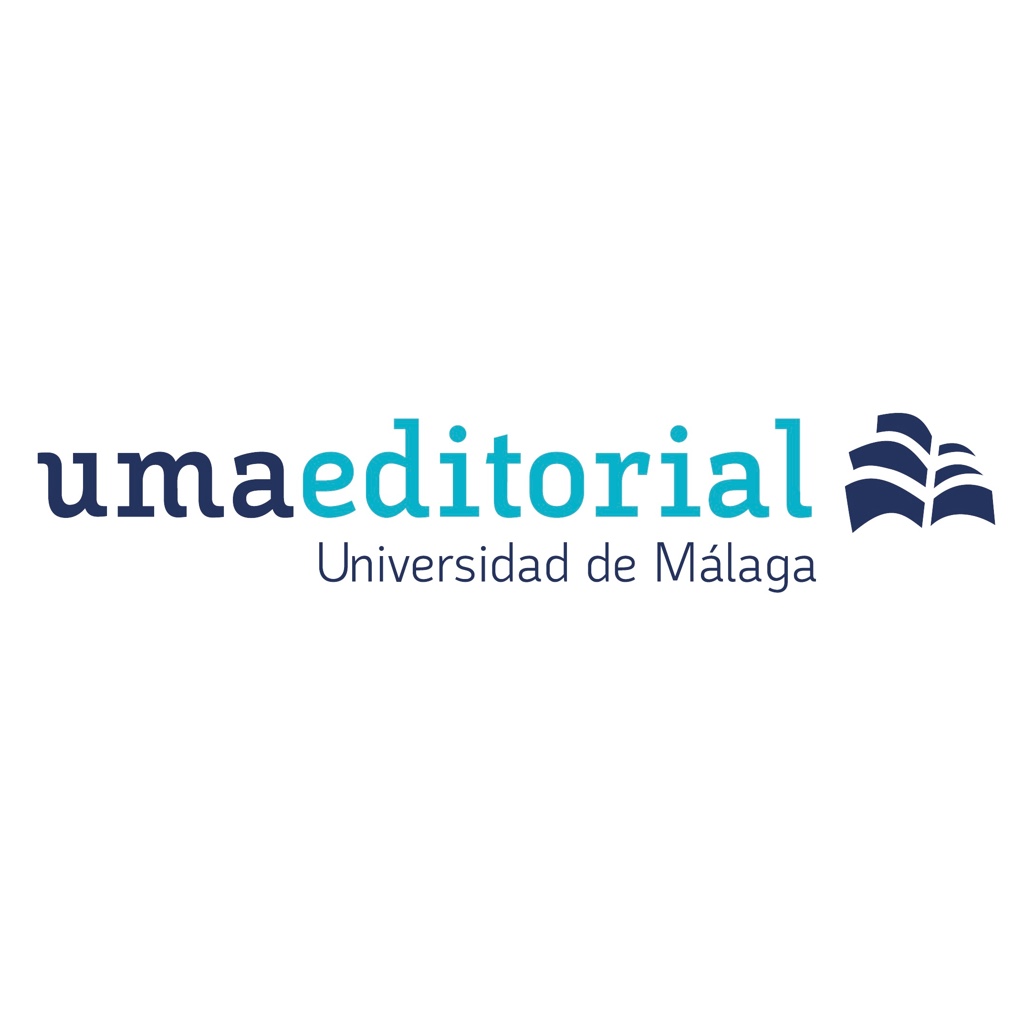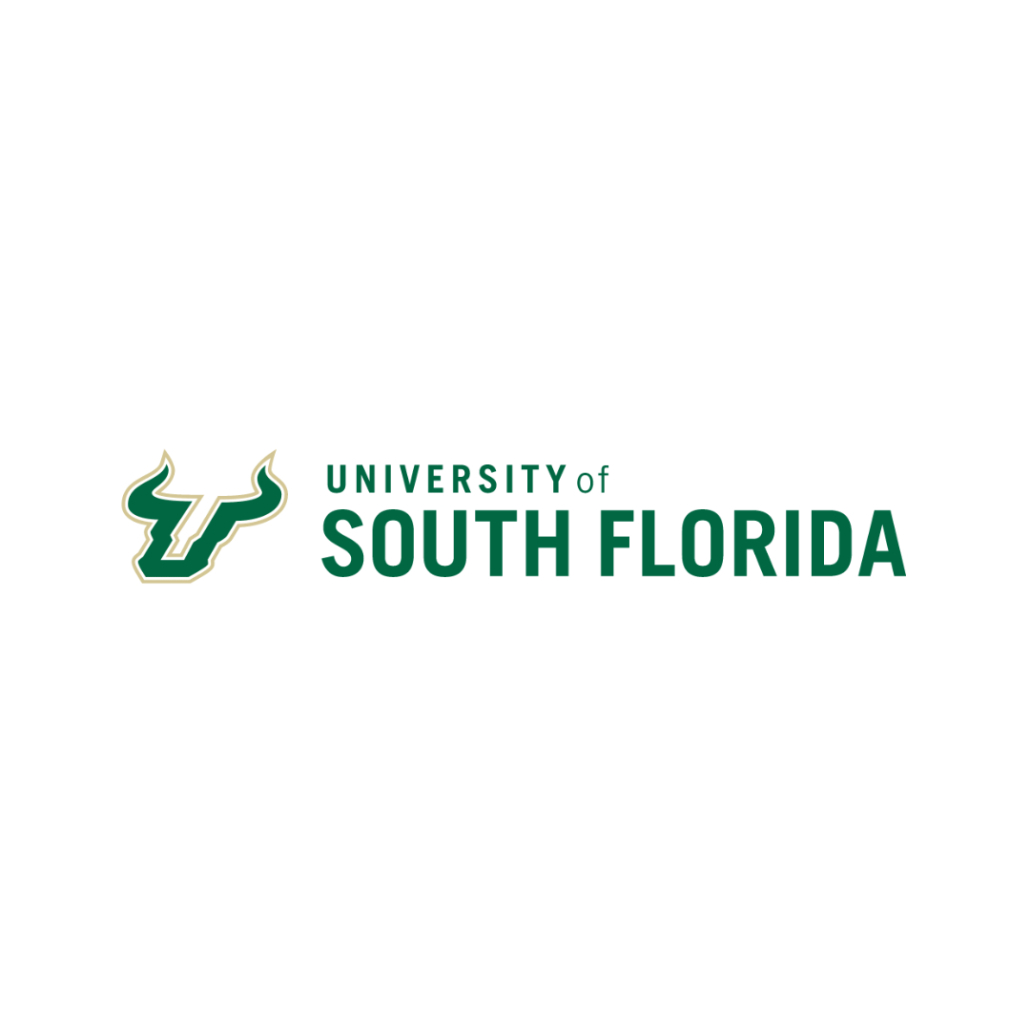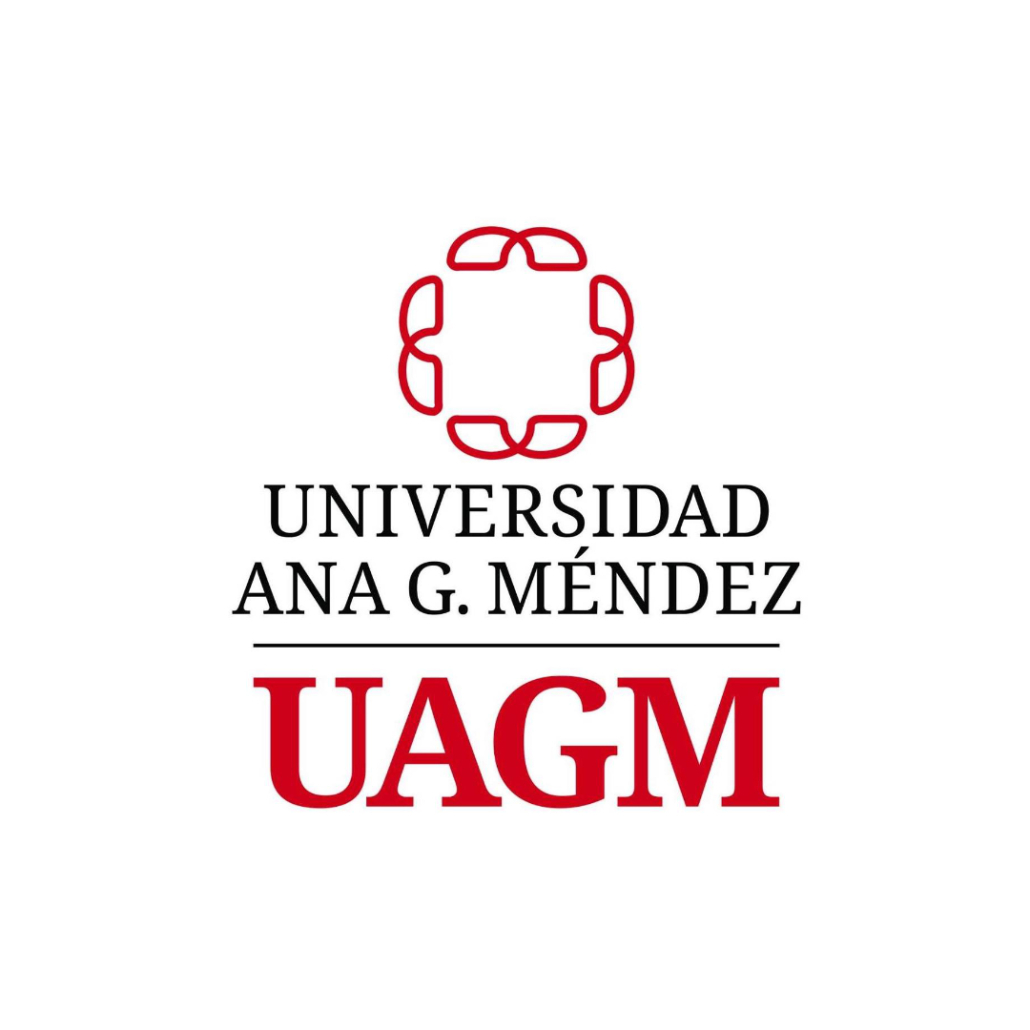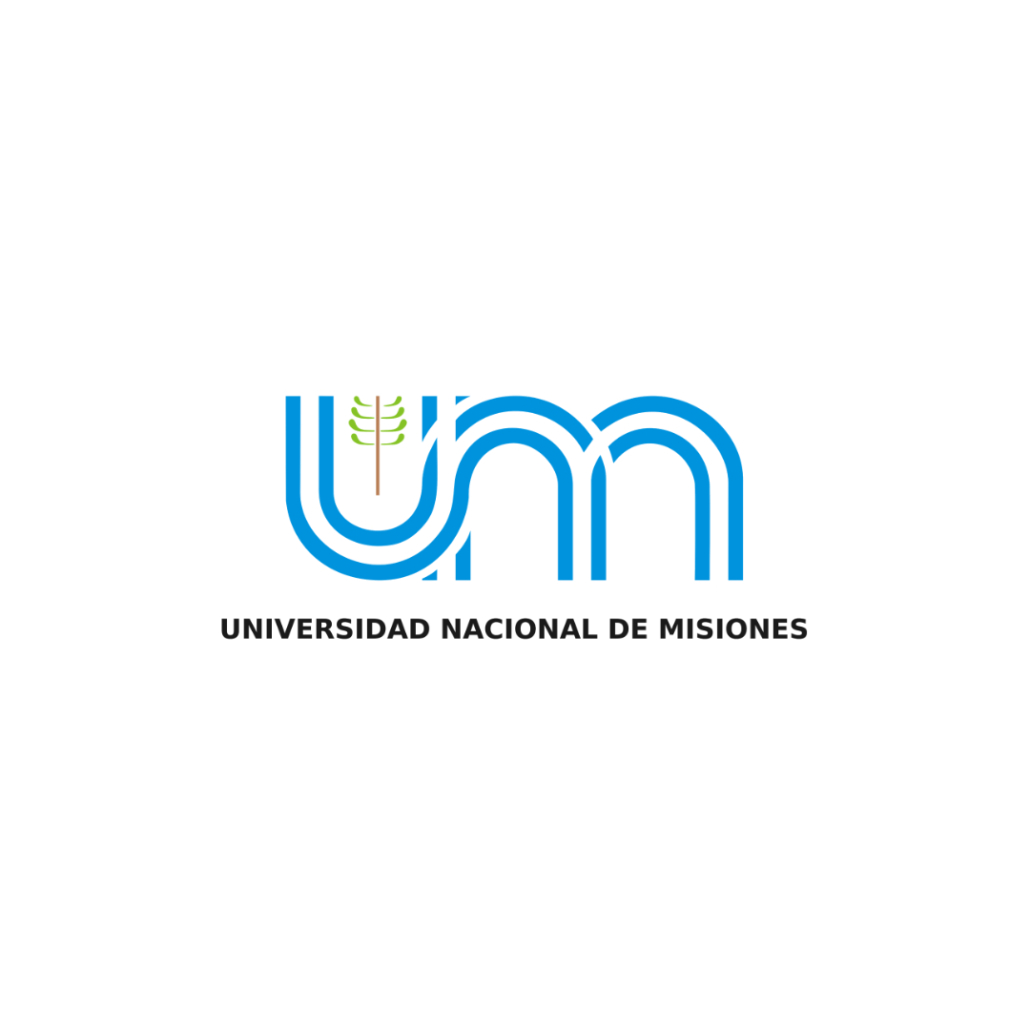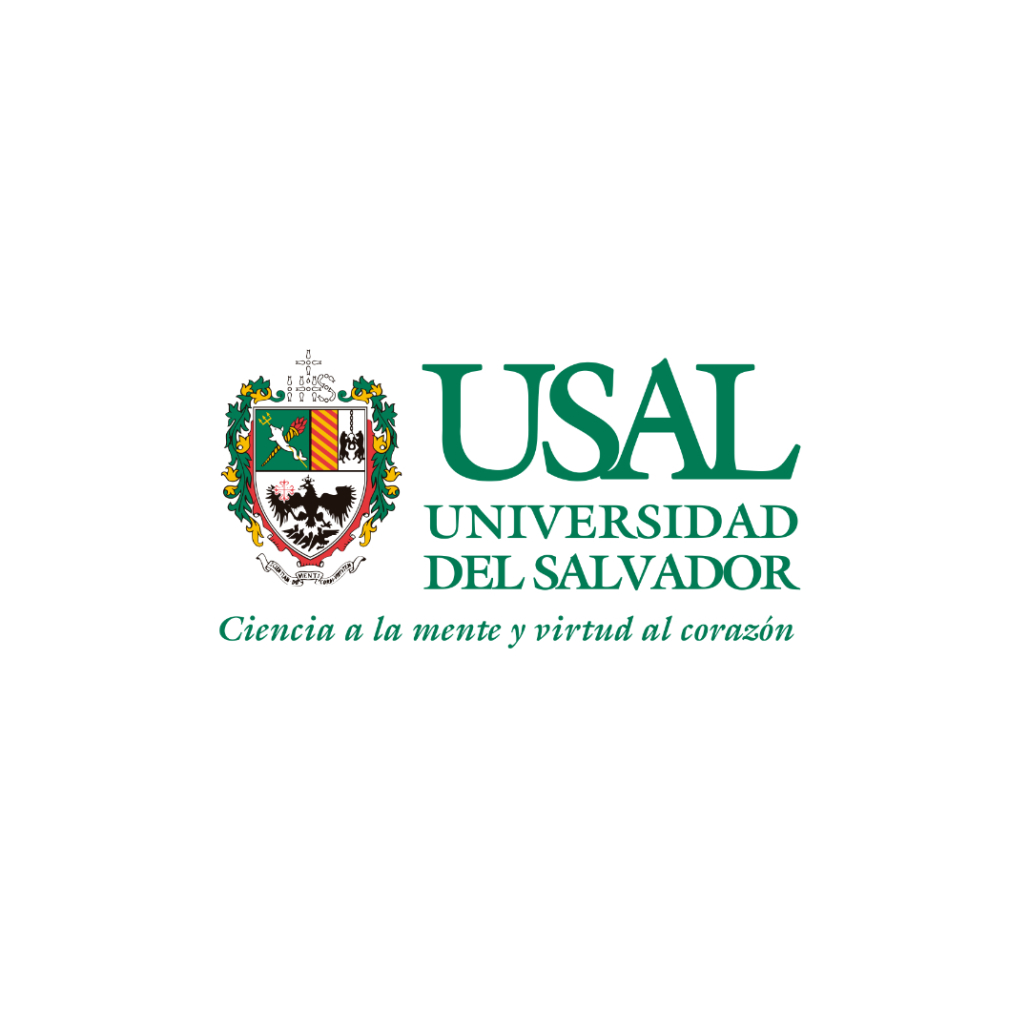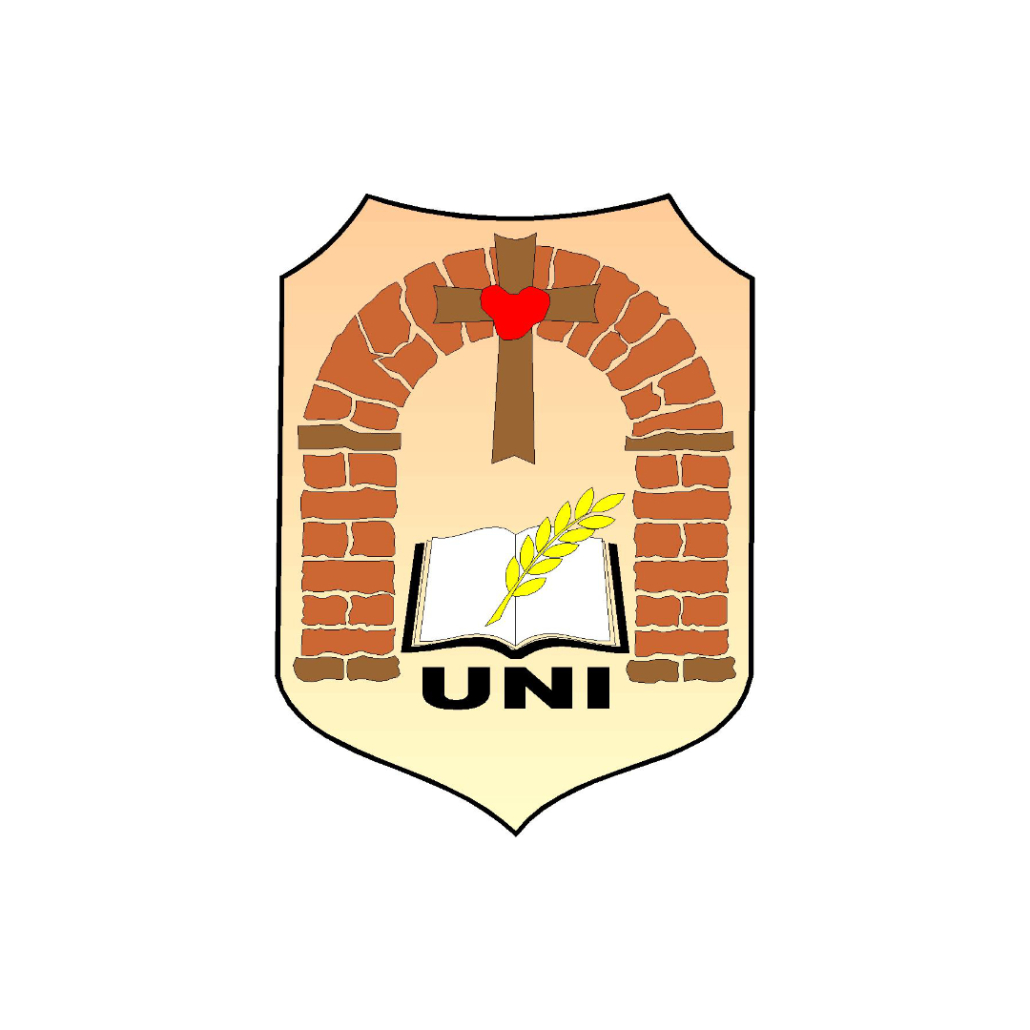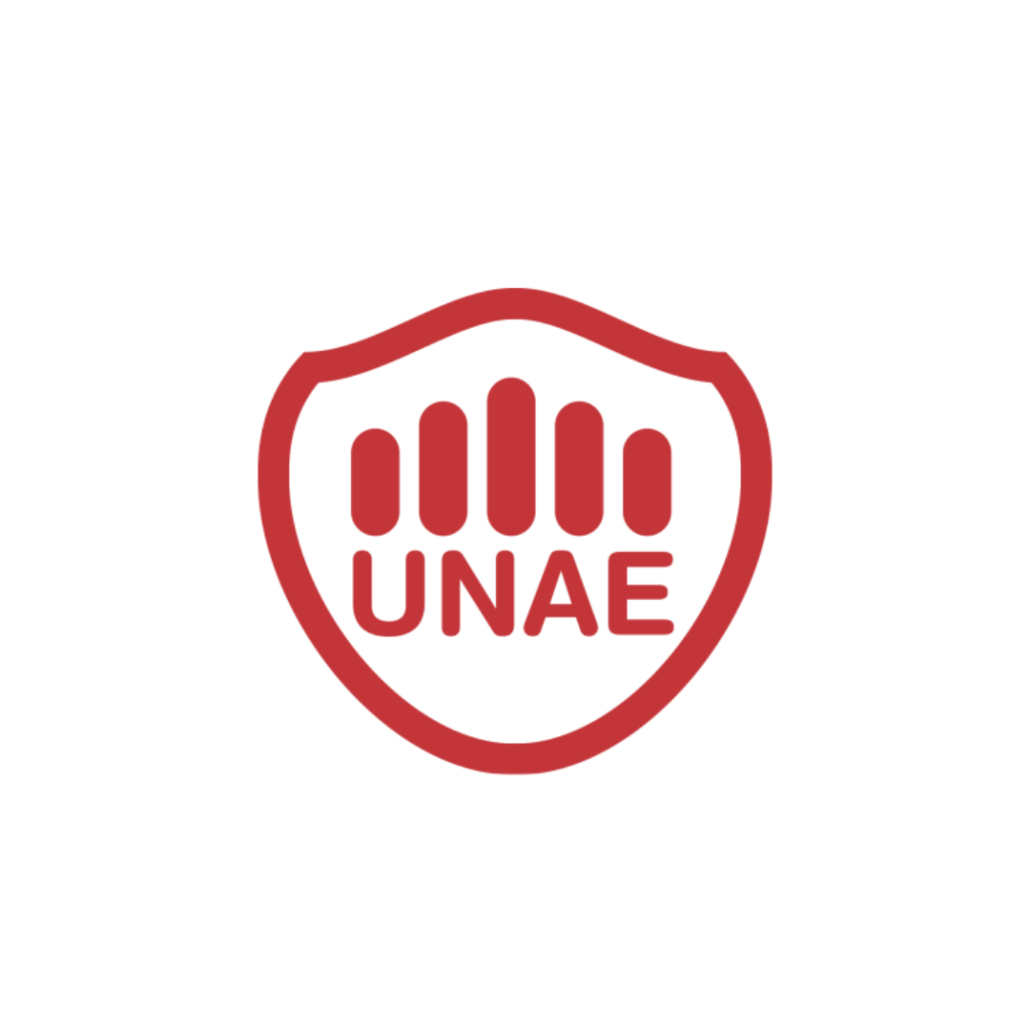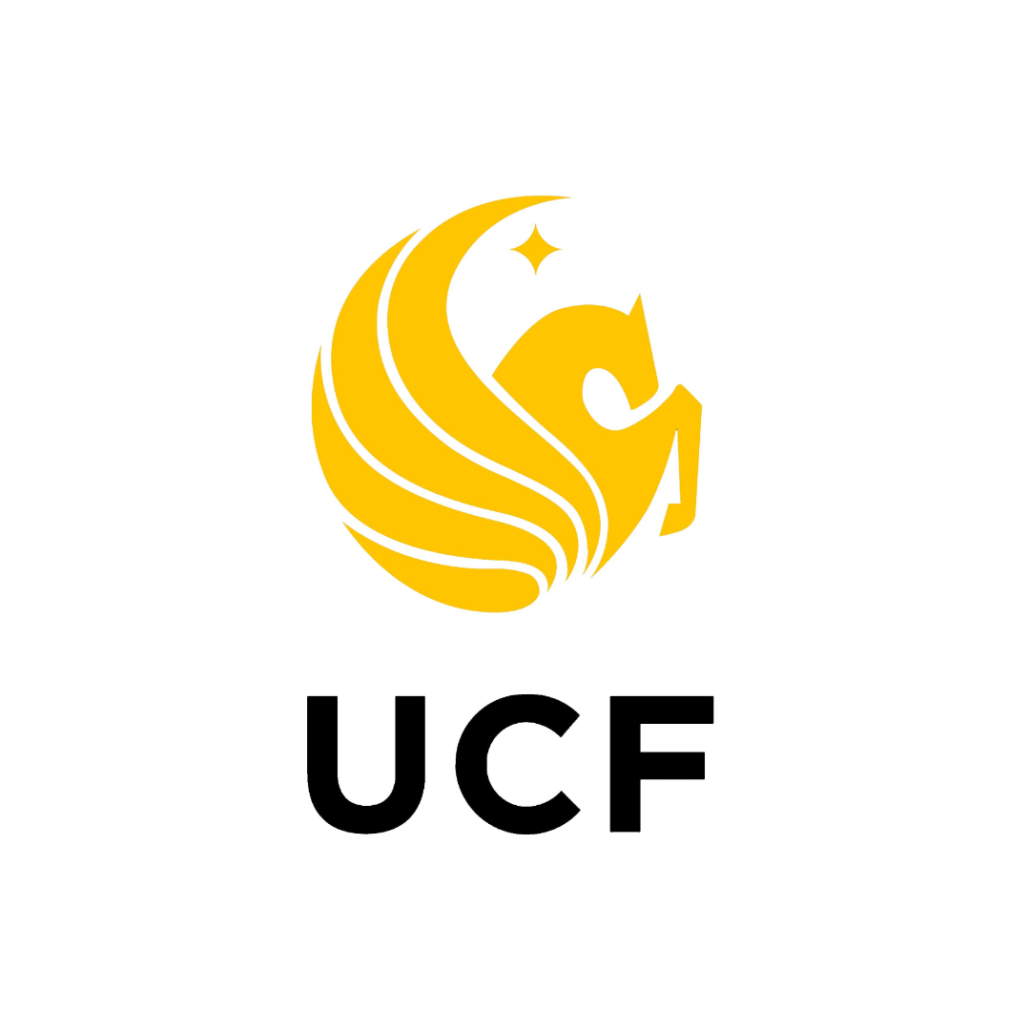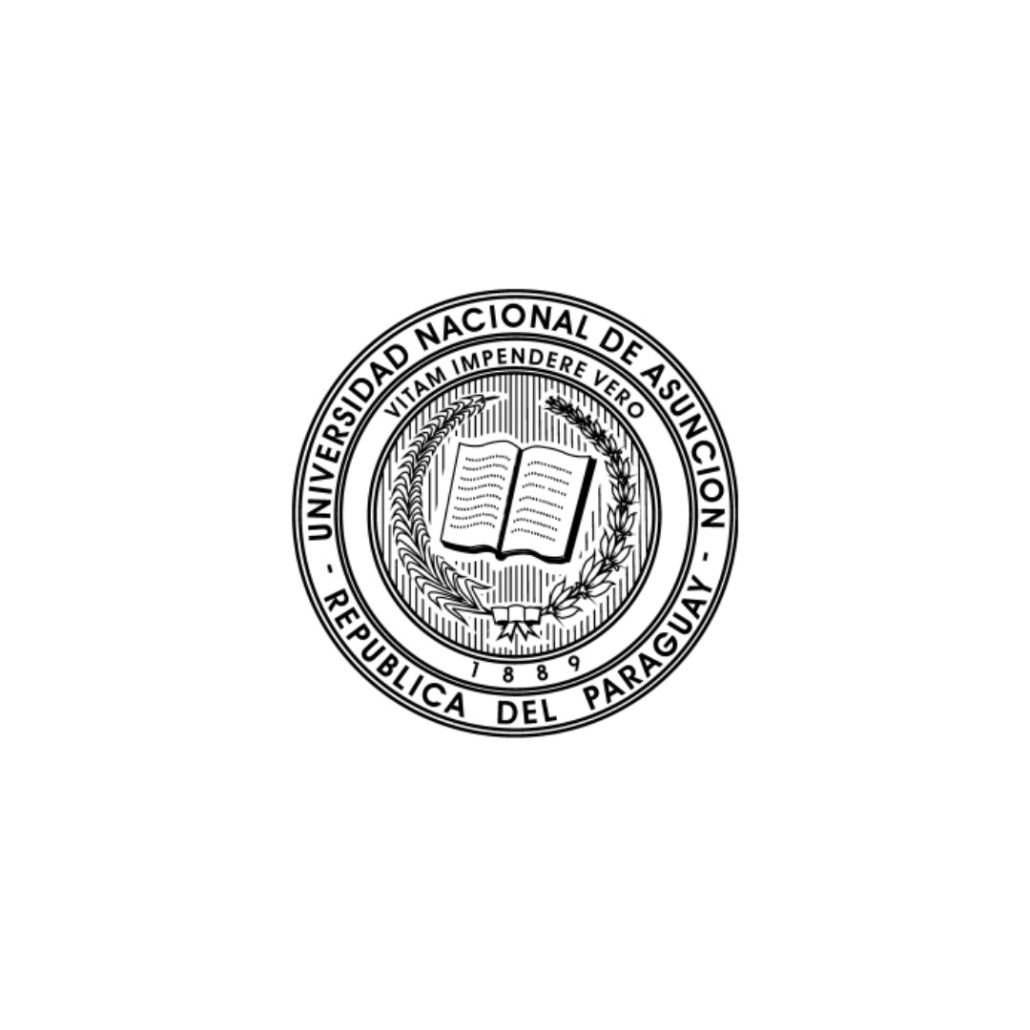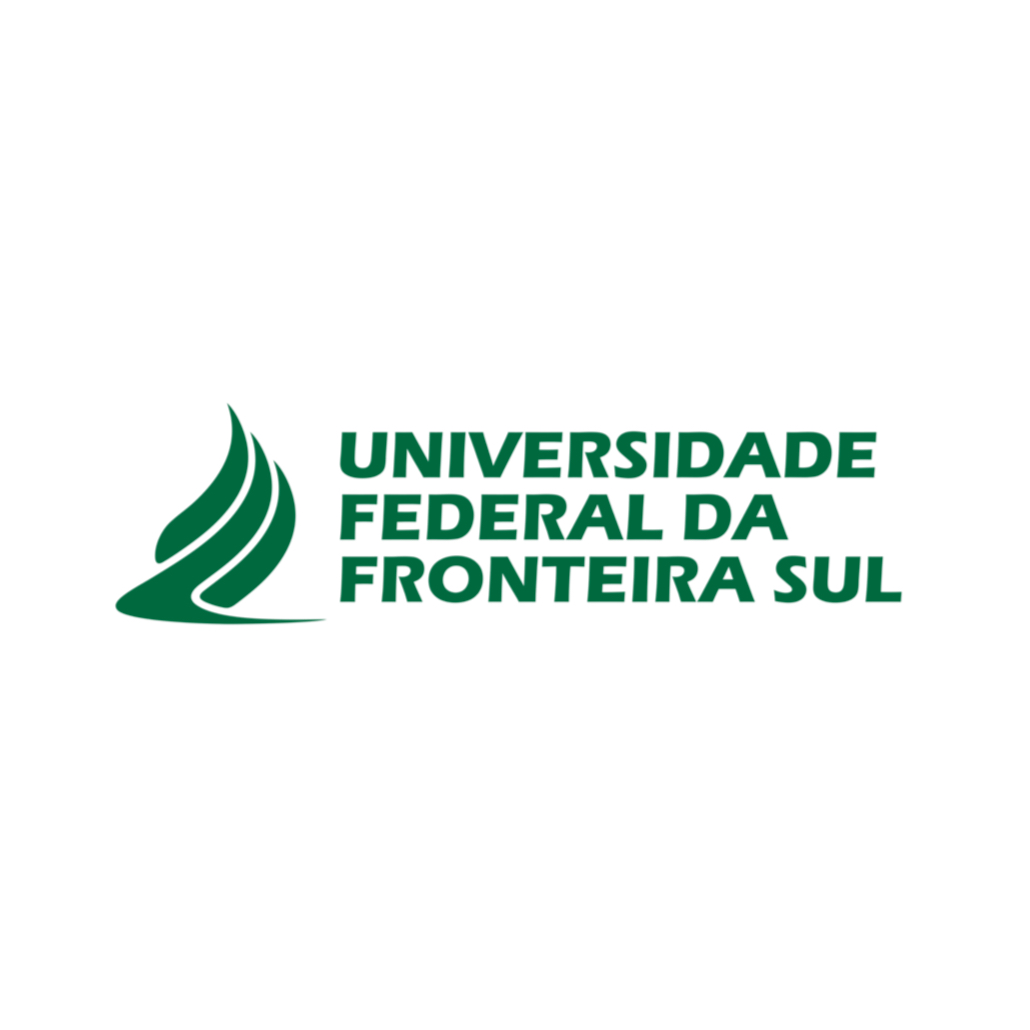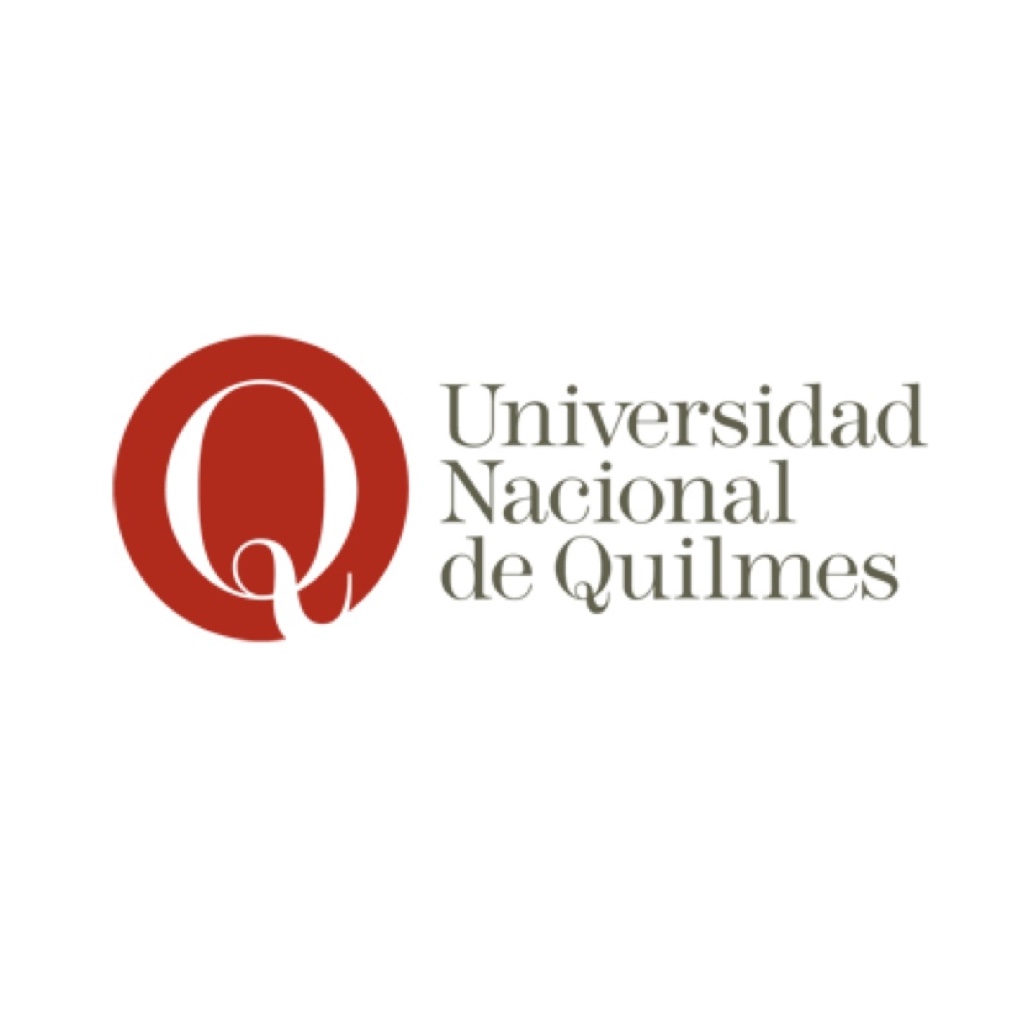Working on international networks: Transatlantic bridges on science culture and communication research
DOI:
https://doi.org/10.24310/tsn.1.2016.19131Keywords:
Standards, Scientific, Scientific Culture, Science PopularizationAbstract
This article describes how during the twentieth century were borned academic networks between Europe and America in an area of particular interest and relevance as international science communication. During the last two decades, studies of both banks have found points of convergence with the publication of papers in international science communication where the presence of European and American researchers has been essential for the development and expansion of knowledge area. In the field of social studies of science perception we highlight the publication of Scientific Culture Iberoamerican Standard, in 2009, which achieved seven American Latin cities applied the same questionnaire to assess the scientific culture; in the field of research in science communication we can include international network Public Communication of Science and Technology (PCST); and popular science we highlight all the actions to promote scientific culture that have been generated from institutional agencies and public foundations, such as the Spanish Foundation for Science and Technology (FECYT). These networks are based on the continuous flow of knowledge among researchers in the North and South Atlantic.
Downloads
Metrics
References
Albornoz, M., Marchesi Ullastres, A., y Arana, L. (2009). Cultura científica en Iberoamérica. Encuesta en grandes núcleos urbanos. Proyecto Estándar Iberoamericano de Indicadores de Percepción Pública, Cultura Científica y Participación Ciudadana (2005-2009).
Allum, N., Sturgis, P., Tabourazi, D., y Brunton-Smith, I. (2008). Science knowledge and attitudes across cultures: A meta-analysis. Public understanding of science, 17 (1), 35-54.
Bauer, M. W. (2015). and the new editor of Public Understanding of Science will be...?. Public understanding of science, 24 (6), 640-640.
Bauer, M., Durant, J., & Evans, G. (1994). European public perceptions of science. International Journal of Public Opinion Research, 6 (2), 163-186.
BOE, núm. 244 Jueves 11 octubre 2001 37485.
Chiappe, D. y Fazio, M. E. (2011). La organización de actividades para promover la cultura científica. En Moreno Castro, C. (ed.), Periodismo y divulgación científica. Tendencias en el ámbito iberoamericano. Biblioteca Nueva.
CIS (1982). Impacto de la ciencia y la nueva tecnología. Estudio 1297.
CIS (1996). Actitudes ante los avances científicos y tecnológicos. Estudio 2213.
CIS (2006). Percepción social de la ciencia y la tecnología. Estudio 2652.
Durant, J., Bauer, M., Gaskell, G., Midden, C., Liakopoulos, M., y Scholten, L. (2000). Two cultures of public understanding of science and technology. En Dierkes, Meinolf and von Grote, Claudia, (eds.), Between Understanding and Trust: the Public, Science and Technology (pp. 131- 156). Amsterdam: Routledge.
Godin, B. y Gingras, Y. (2000). What is scientific and technological culture and how is it measured? A multidimensional model. Public Understanding of Science, 9, 43-58.
Miller, J. D. (1998). The measurement of civic scientific literacy. Public understanding of science, 7 (3), 203-223.
Miller, J. D. (2006). Civic scientific literacy in Europe and the United States. En Annual meeting of the World Association for Public Opinion Research, Montreal, Canada.
Moreno C. (2003). La investigación universitaria en periodismo científico. Ámbitos, Revista Internacional de Comunicación, 9-10, 121-141.
Moreno, C. (2004). Evolución y tendencias de los formatos televisivos de divulgación científica en España. Quaderns de Filologia. Estudi de Comunicació, Vol II, 121- 126.
Muñoz, E., Plaza, M., Santos, D., Espinosa de los Monteros, J., y Ponge, G. (2006). El espacio social de la ciencia y la tecnología: percepción, comunicación y difusión. En J. Sebastián y E. Muñoz (eds.), Radiografía de la investigación pública en España. Madrid. Biblioteca Nueva.
National Science Board (2014). Science and Engineering Indicators 2014. Arlington VA: National Science Foundation (NSB 14-01).
Ordóñez, J. (2003). Ciencia, tecnología e historia. Fondo de Cultura Económica.
Polino, C. y Castelfranchi, Y. (2012). The ‘communicate turn’ in contemporary techno-science: Latin American approaches and global tendencies. En B. Schiele, M. Claessens y S. Shi (eds.), Science communication in the world: Practices, theories and trends. London & New York: Springer.
Polino, C y Cortassa, C. (2015). Discursos y prácticas de promoción de cultura científica en las políticas públicas de Iberoamérica. Horizontes y desafíos estratégicos para la ciencia en Iberoamérica, Buenos Aires, Observatorio CTS-OEI.
RICYT (2015). Manual de Antigua. Indicadores de percepción pública de la ciencia y la tecnología. Buenos Aires: RICYT-OEI.
Downloads
Published
How to Cite
Issue
Section
License
Copyright (c) 2024 TSN. Transatlantic Studies Network

This work is licensed under a Creative Commons Attribution-NonCommercial-ShareAlike 4.0 International License.

